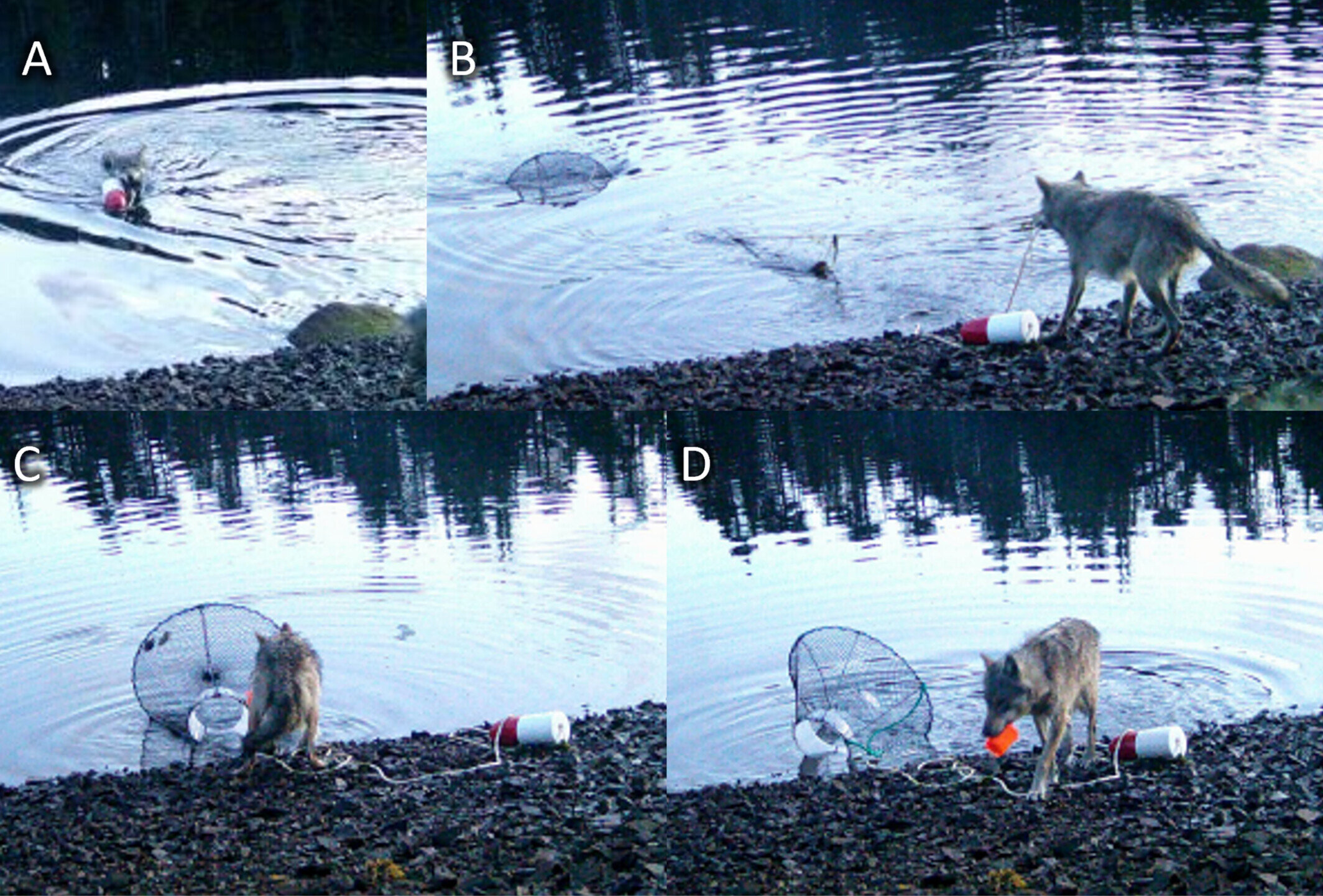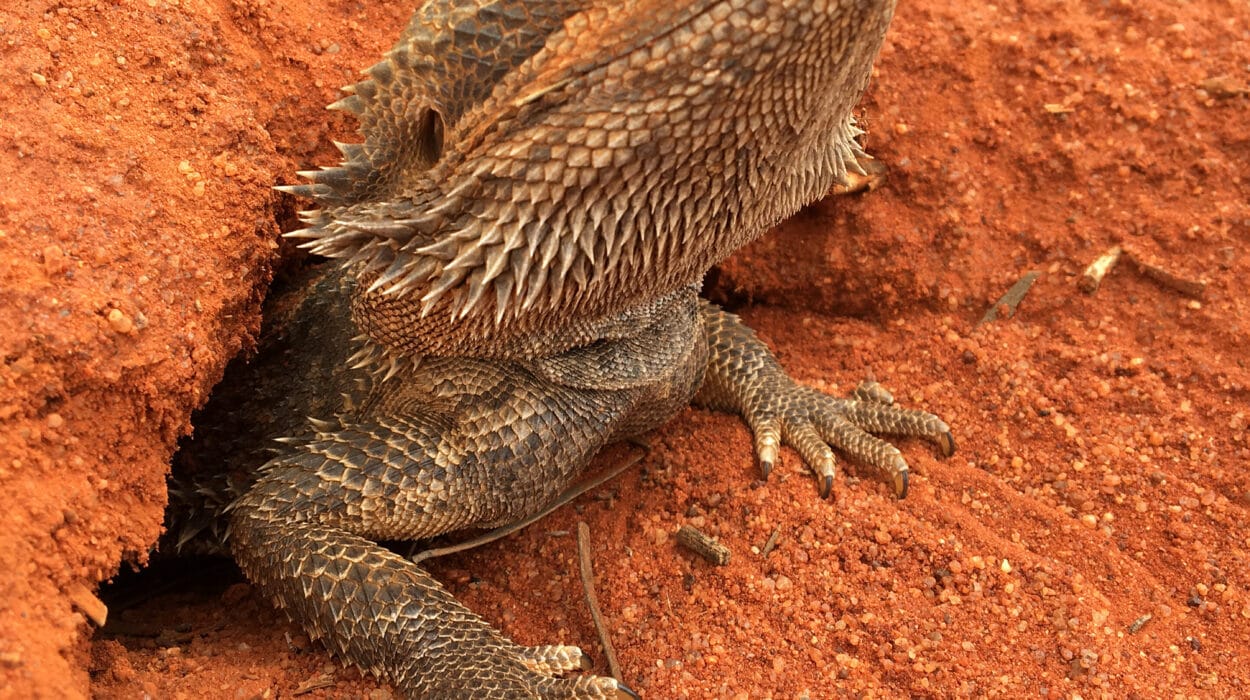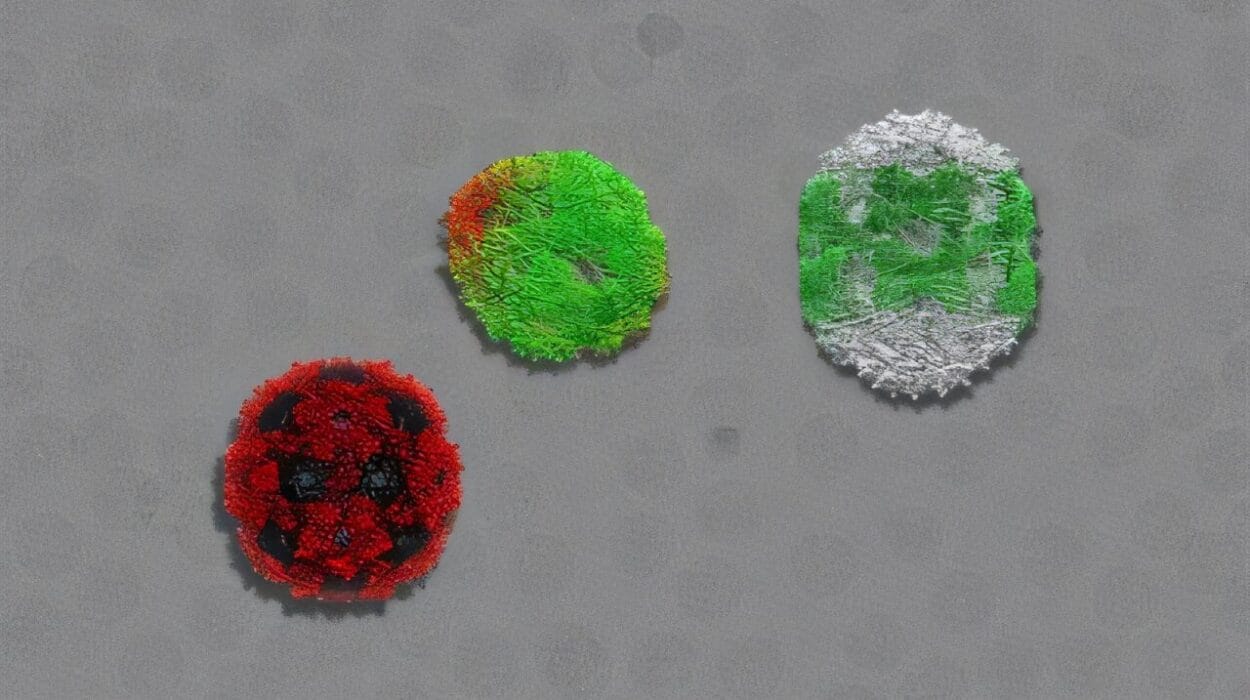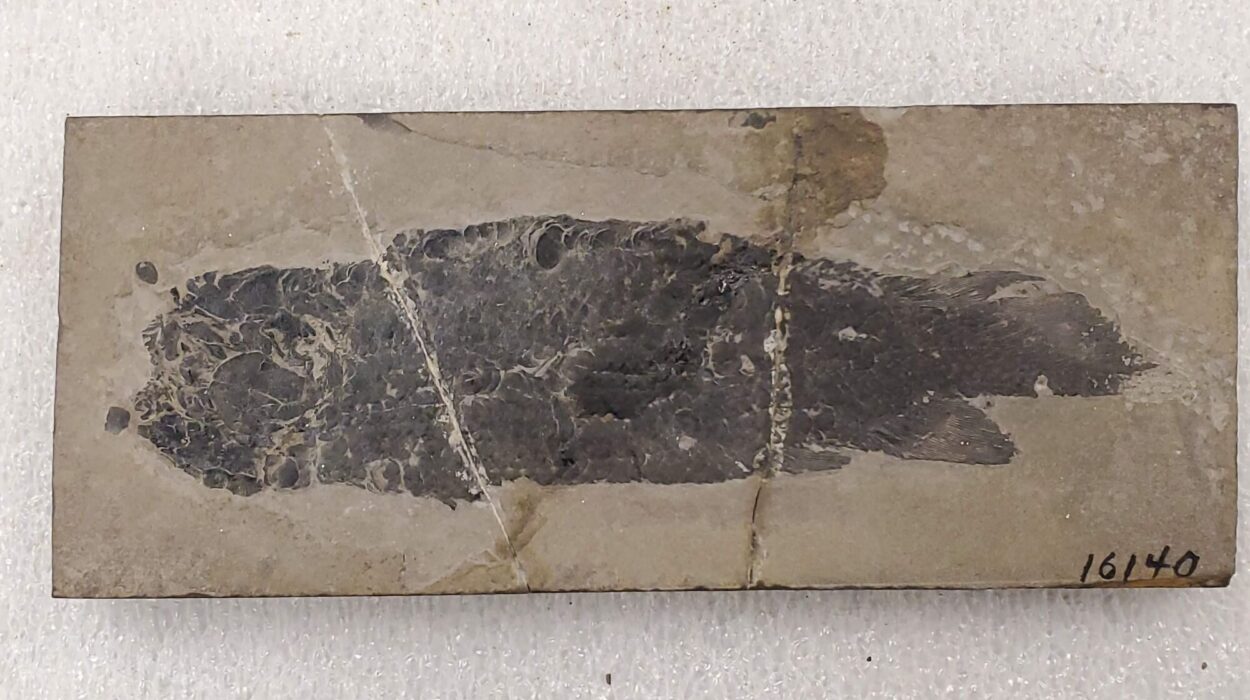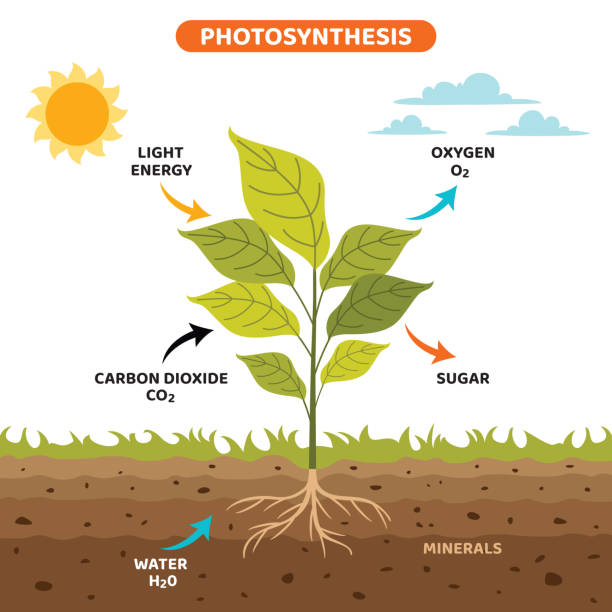The trouble began with disappearing bait. Off the coast of British Columbia, members of the Haíɫzaqv Nation were working to control the invasive European Green Crab, a creature whose spread threatens the region’s delicate coastal ecosystems. Their strategy was simple: place baited crab traps in the water and wait for the crabs to come. But something strange was happening. The traps were being dragged ashore, torn apart, and emptied. Whatever was stealing the herring and seal meat wasn’t leaving footprints in the sand—or in the data.
The Haíɫzaqv Nation monitors suspected the usual suspects. The study authors write, “Although bears or gray wolves appeared to be potential perpetrators, some damaged traps were in deeper water, submerged at all tides, leading to speculation that the damage might have instead been caused by marine mammals such as pinnipeds or otters.” The uncertainty deepened the mystery. What kind of animal could drag entire traps out of deeper water without revealing itself?
They set up cameras to find out. When the footage finally arrived, it didn’t reveal an otter or a seal—or even a bear. Instead, it revealed something far more surprising.
The Wolf Who Solved a Puzzle
In the grainy footage, a lone wolf appears on the shoreline. Without hesitation, it approaches the floating buoy attached to the crab trap. First, it drags the buoy across the sand and onto the beach. Then it returns for the rope, pulling in the long, wet line with practiced efficiency. Finally, it yanks the netting up and rips into the trap to reach the bait inside. The entire sequence takes only three minutes.
It was a masterclass in problem-solving, swift and deliberate. The wolf didn’t stumble into success—it worked through each step as though it understood the mechanism behind the trap. That was the moment the researchers realized they might be witnessing something unprecedented.
Could this be the first known case of a wolf using tools?
A Debate as Tense as the Tug on a Rope
The answer depends on how tool use is defined, and that’s where things get complicated. The study authors note that tool use could be interpreted broadly: “Tool use is typically understood as using an external object to achieve a specific goal with intent—a definition argued to include even stick chewing by dogs.” Under this definition, pulling on a buoy and rope to obtain food could count.
But the authors also acknowledge a stricter interpretation used in other fields, one that excludes these behaviors. They write that some definitions reject rope pulling as tool use, “because they are not responsible for the proper and effective orientation of the tool to the incentive,” adding that for an action to qualify, “the animal must produce, not simply recognize, the proper and effective orientation between the tool and the incentive.”
In other words, does recognizing that pulling a rope brings food closer qualify as tool use? Or does the animal need to modify the object, shape it, or position it purposefully? Wolves have a reputation for intelligence and cooperation, but until now, they have not been known to use tools under any definition.
This video may not settle the debate, but it cracks open a door that many researchers never expected wolves to reach.
The Possibility of a Learning Pack
Nearly a year after the first video, another recording surfaced. This time a wolf was seen pulling up a partially submerged crab trap but did not pull in the buoy. Was it the same wolf? Another learner? A member of the same pack experimenting with a similar method? The researchers could not say for certain.
However, the wolves in the Haíɫzaqv Nation territory live under unusual circumstances—circumstances that may nurture unusual behaviors. The authors explain, “For example, wolves in this area face relatively low levels of human persecution (e.g., hunting and trapping), which is rare globally. Reduced need for vigilance might allow wolves to develop confidence and devote time to exploring novel behaviors such as those observed in this study, which might be less expected in more persecuted populations prioritizing vigilance.”
Without the constant pressure of danger, the wolves may have the freedom to be curious. Curiosity, after all, is fertile ground for innovation.
Why This Changes the Story of Wolves
Whether or not the behavior is officially labeled as tool use, the sight of a wolf hauling in a crab trap is a reminder that intelligence in the animal world often emerges when we least expect it. Wolves are already known for their social complexity, problem-solving skills, and adaptability. Now, a single determined wolf pulling on rope and buoy has shown a clear grasp of cause and effect—an understanding that dragging one part of a system brings the reward closer.
This challenges long-standing beliefs about what wolves can and cannot do. It suggests they may be capable of more flexible thinking than previously documented. It also invites new questions about how environment, protection, and opportunity influence the development of innovative behaviors in wildlife.
The event is more than a curiosity. It expands the conversation about animal cognition, reminding researchers and the public alike that intelligence can appear in subtle, surprising, and wonderfully creative ways.
Why This Research Matters
The captured footage does more than reveal a clever wolf—it reshapes our understanding of an entire species. Wolves have historically been viewed through a narrow lens, often defined by conflict with humans or simplified assumptions about their behavior. This study invites a reevaluation. It shows that wolves can engage with human-made objects in unexpectedly complex ways, demonstrating adaptability that could influence how we manage and protect wildlife populations.
It also highlights the importance of observing animals in diverse contexts. In a protected environment, free from constant threats, a wolf had the time and confidence to explore a novel problem and discover a solution. That insight matters as conservationists consider the role of safe habitats in fostering natural behaviors.
Above all, the study underscores a humbling truth: the intelligence of animals is not fixed—it is unfolding. And sometimes, all it takes to reveal it is a camera, a crab trap, and one very determined wolf.
More information: Kyle A. Artelle et al, Potential Tool Use by Wolves (Canis lupus): Crab Trap Pulling in Haíɫzaqv Nation Territory, Ecology and Evolution (2025). DOI: 10.1002/ece3.72348. onlinelibrary.wiley.com/doi/10.1002/ece3.72348
